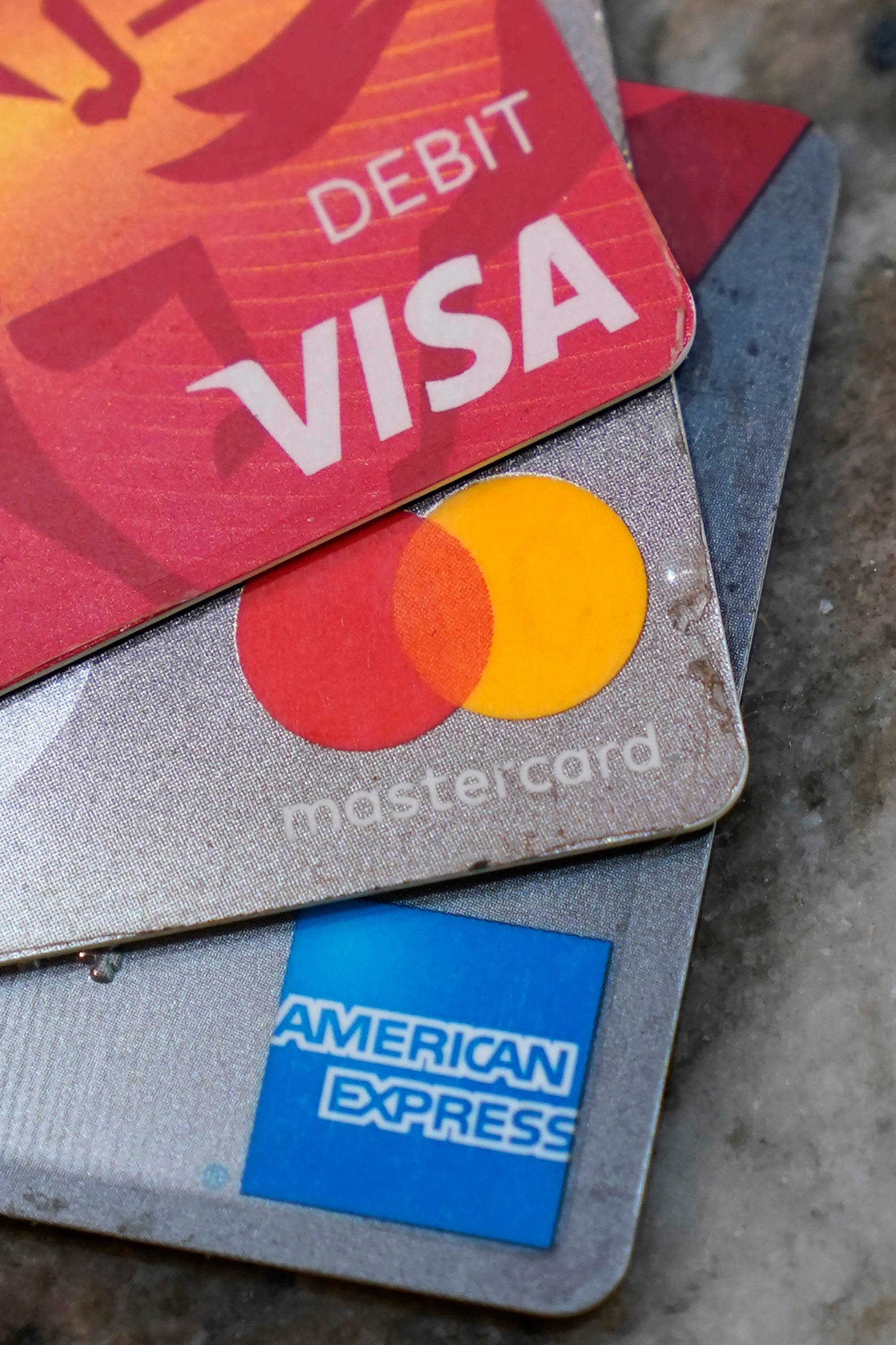US consumer borrowing surged in May as economy reopened
U.S. consumer borrowing surged by a larger-than-expected $35.3 billion in May as Americans, bolstered by a reopening economy and rising job levels, went back to using credit in a big way

Your support helps us to tell the story
From reproductive rights to climate change to Big Tech, The Independent is on the ground when the story is developing. Whether it's investigating the financials of Elon Musk's pro-Trump PAC or producing our latest documentary, 'The A Word', which shines a light on the American women fighting for reproductive rights, we know how important it is to parse out the facts from the messaging.
At such a critical moment in US history, we need reporters on the ground. Your donation allows us to keep sending journalists to speak to both sides of the story.
The Independent is trusted by Americans across the entire political spectrum. And unlike many other quality news outlets, we choose not to lock Americans out of our reporting and analysis with paywalls. We believe quality journalism should be available to everyone, paid for by those who can afford it.
Your support makes all the difference.U.S. consumer borrowing surged by a larger-than-expected $35.3 billion in May as Americans, bolstered by a reopening economy and rising job levels, went back to using credit in a big way.
Borrowing on credit cards and for auto and student loans showed solid gains in May, the Federal Reserve reported Thursday. It marked the fourth straight month of strong growth in consumer borrowing and followed an April advance of $20 billion.
Fed officials said the $35.3 billion seasonally adjusted increase in May was the largest one-month gain on records that go back to 1943.
The May borrowing total was driven by a $26.1 billion increase in the category that includes auto and student loans, which followed a $21 billion rise in that category in April. The big gain reflected strong auto sales.
The category that covers credit cards saw a $9.2 billion rise in May, the strongest advance since a $10.9 billion increase in January 2020 before the economy was laid low by a global pandemic.
Even with the rise in credit card borrowing in May, that category is down 2.2% from a year ago. By contrast, the category that covers auto and student loans is up 5.8% from a year ago, reflecting strong auto sales.
Analysts predicted that growth in the use of credit cards, which the Fed labels revolving credit, will strengthen in coming months. The Fed labels auto and student loans as nonrevolving credit.
“We expect growth in revolvig credit to pick up as consumers feel more comfortable using their credit cards, particularly to finance spending in the service sector,” said Nancy Vanden Houten, senior economist at Oxford Economics “As spending shifts away from goods, including autos, we expect growth in nonrevolving credit to moderate.”
Consumers use of credit cards has been falling since early 2020 as households cut back on their use of credit in the face of the pandemic-triggered recession.
The Fed's monthly credit report does not cover mortgages or any other loans, such as home equity loans, secured by real estate.